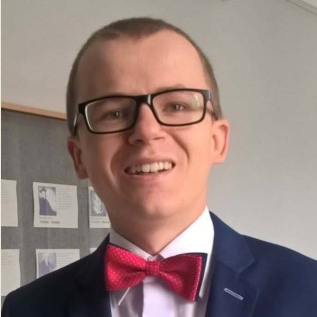Photonic State Tomography: Methods and Applications
A special issue of Photonics (ISSN 2304-6732).
Deadline for manuscript submissions: closed (30 June 2023) | Viewed by 12529
Special Issue Editor
Interests: quantum optics; entanglement; quantum dynamics; open quantum systems; non-Markovian evolution; quantum state tomography; time-bin encoding; phase retrieval; quantum Hamiltonian tomography; tomography; entanglement measures; quantum measurement; decoherence
Special Issues, Collections and Topics in MDPI journals
Special Issue Information
Dear Colleagues,
State tomography is becoming a crucial component of the quantum engineering toolbox since it facilitates validation and certification of quantum technology. In particular, photons are widely exploited in quantum protocols because information can be encoded by occupying different degrees of freedom, especially: polarization, spectral, spatial, and temporal modes. As a result, there are numerous techniques that can be used to determine the quantum state of light. Therefore, there is a need to shed light on recent developments in the area of photonic state tomography.
For this Special Issue, you are invited to submit manuscripts that provide novel results on photonic state tomography, both theoretical and experimental. We expect papers that present theoretical frameworks formulated on the grounds of mathematical physics. Also, we encourage the submission of feasibility studies that investigate the efficiency of selected models by numerical methods. Finally, we invite experimental papers that fall into a wider scope of quantum optics, but photonic tomography is implemented as a part of the research. In every case, it will be welcome if the contribution involves state tomography of entangled photons.
Dr. Artur Czerwinski
Guest Editor
Manuscript Submission Information
Manuscripts should be submitted online at www.mdpi.com by registering and logging in to this website. Once you are registered, click here to go to the submission form. Manuscripts can be submitted until the deadline. All submissions that pass pre-check are peer-reviewed. Accepted papers will be published continuously in the journal (as soon as accepted) and will be listed together on the special issue website. Research articles, review articles as well as short communications are invited. For planned papers, a title and short abstract (about 100 words) can be sent to the Editorial Office for announcement on this website.
Submitted manuscripts should not have been published previously, nor be under consideration for publication elsewhere (except conference proceedings papers). All manuscripts are thoroughly refereed through a single-blind peer-review process. A guide for authors and other relevant information for submission of manuscripts is available on the Instructions for Authors page. Photonics is an international peer-reviewed open access monthly journal published by MDPI.
Please visit the Instructions for Authors page before submitting a manuscript. The Article Processing Charge (APC) for publication in this open access journal is 2400 CHF (Swiss Francs). Submitted papers should be well formatted and use good English. Authors may use MDPI's English editing service prior to publication or during author revisions.
Keywords
- quantum state tomography
- photonic tomography
- quantum information encoding
- entangled photons
- numerical methods





